| Title | Platform/Version | Time to Beat | Achiev % |
|---|---|---|---|
| Final Fantasy VIII | PC (2018 Remaster) | 50 Hours | 100% |
Intro – It’s About Time
Final Fantasy VIII was released in February 1999, just over 2 years after the release of the now-legendary FFVII in early 1997. FFVIII’s release heralded the height of when the entire world was in peak Final Fantasy mania. Its year one sales wouldn’t be beat until FFXIII’s a decade later, and only because XIII was the first to release on multiple platforms at once giving it a massive sales advantage. FFVIII was generally well received by critics and fans alike, largely due to the increased emphasis on graphical fidelity, animation, and Full Motion Video (FMV) usage. This game was fucking beautiful when it came out, and even 24 years later, the recent Remaster (which is the version I played) stands up INCREDIBLY well outside of the upsizing of the prerendered backgrounds leading to a blurry mess, something that is an issue for any port of a game from this era and not a fault of the game itself.
That all being said, this game has some serious issues, mostly stemming from the sophomoric growing pains that also plagued Final Fantasy II which I also spoke about heavily in my review of that game. In many ways, FFVII was a soft reset of the franchise, one that was immeasurably successful and it dominated the gaming zeitgeist during the entire FFVIII development cycle. The task on Square’s plate was immense: follow up what was already considered a modern-day classic masterpiece (FFVII) without sabotaging the brand. Be new, grand, expansive, but also stay comfortably close to what fans wanted. Much like FFII, the company swung for the fences in almost EVERY regard, and showing how history repeats itself, this is a game that falters under that incredible weight. As I’ll explore below, FFVIII is a perfect example of having quality parts that strain under a lack of consistent vision and over-designed feature bloat.
Whimsical vs Cinematic
FFVIII came on FOUR discs in its original release on the PlayStation, featuring an entire disc more of content than its predecessor and starting what would become recognized as a certain bar for quality for roughly the following decade. FFVIII eschewed practically everything else to fit more and more animation and FMV into every minute of its playtime. Nearly every set location features gorgeous, animated backgrounds (which are essentially videos playing underneath the 3D models in the foreground), something that was experimented with in FFVII but only truly came to fruition with this entry. Then, on top of that, each disc was punctuated with extended video cutscenes, often minutes long each, all consistently rendered with technology that was frankly industry leading at the time. In fact, this game, and the hysteria of the late 90’s around the franchise and its use of FMVs, also led to the parallel project being worked on by Square at the time: The full-length feature film Final Fantasy The Spirits Within.

Suffice it to say, FFVIII was the gold-standard for cinematic storytelling at the time. In fact, it was so cinematic, that a not insignificant portion of the passionate fanbase actually complained about it. Longtime fans of the series felt that Final Fantasy had become too “Hollywood”, too “cinematic”, and while the series had always leaned on mixing fantasy and sci-fi, the recent trend had eschewed the fantasy elements almost entirely. This vocal outcry would lead to a significant change in theme for FFIX, and a hesitance by Square to truly lean this heavily in this direction again until FFXIII in 2009.
The Gameplay
Okay, this is going to be a little heavier that the last few entries, because they basically changed everything this go around. The combat still used a modified Active Time Battle system (little bar filling up for each character, when it fills, that character can act), but practically every other aspect of combat was different from the previous five entries in the series. First I’ll talk about the philosophical architecture of the games progression and combat systems, then I’ll talk more in-depth about what worked, what didn’t, and what we’ve learned.
Design Philosophy
FFVIII presents an unparalleled amount of player agency in the progression of your characters, something that if you’ve read my previous reviews, I’m a huge fan of. I LOVE playing a game, particularly long-form RPGs, and making “my team” with the characters I love the most, and customizing how those characters play to fit my personal preferences. My gamer archetype (to borrow from MTGs Mark Rosewater) is a “Johnny”, and that means I like fiddling and customizing and doing something unique with the system that’s presented to me, even if the end result is not optimal. For example, I’m the guy who takes a character like Barett from FFVII and makes him my mage. Sure, the guy’s got a gun on his arm, but he’s not allowed to shoot it, he’s too busy casting Thundaga.
With FFVIII, Square decided to free up the reigns on hard-coded values for the character stats by instead relying on many different parallel progression systems. For the sake of this discussion, I’m going to use the following definitions:
- A “parallel progression system” is any designed system that will lead to direct increase on character power level without touching another system.
- A “perpendicular progression system” is one that often doesn’t increase or decrease power level so much as offers choice to the player. These also happen automatically or as a direct side-effect of another progression system.
- A “sub progression system” is one that has an indirect increase on character power level by supplementing/feeding another progression system.
For example, in many JRPGs, you usually have two progression systems: Character Level, and Equipment. If Terra is level 10, Terra has 8 strength. Every Terra on every save file for every player has 8 strength at level 10. Additionally, Terra can equip a “Longsword” with 12 attack damage, and when she attacks, she’ll do 20 damage (8 + 12). To reiterate, system one is Character Level (level 10, 8 strength) and system two is Equipment (Longsword, 12 attack damage). These games usually offer at least one perpendicular progression system, growing organically along with level or by “equipping” ala Materia in FFVII or Espers in FFVI.
In FFVIII, I counted SEVEN parallel progression systems: Character Level, Equipment, Magic Junctions, Limit Breaks, GF Abilities, GF Level, and GF Affinity. There are also THREE sub-progression systems with SeeD Level, Item Refinement, and Triple Triad Card Refinement. That is TEN progression systems that either directly or indirectly increase your power level INDEPENDENT of one another.
Architecture
So how do all of these systems work? At its core, to make ten different progression systems all contribute to your characters power level, Square had to rethink the core gameplay loop. This led to three significant changes in how the game is structured:
- Level Scaling – A first for the genre. In FFVIII, the monsters and bosses around you level WITH you. If you are level 10, then you are fighting a level 10 monster/boss. If you are level 100, then that boss is level 100. Oftentimes, the enemies gain more stats than you do on level up, so you are actually PENALIZED for leveling your characters in this game. To put it another way, the games difficulty INCREASES the more you grind, which flies in the face of every instinct players had at the time.
- Magic as Inventory – Another dramatic departure from the norm. FFVIII doesn’t use mana or spell slots or anything else to “cast” its magic. Instead, your characters steal magic from enemies and bosses in the game, and then store it just like any other inventory. Want to cast “Cure”? Well, first you have to find a monster that knows that spell, then you need to steal it (or “draw”, as it’s called in the game). Each draw will give you 1-9 Cures, and each time you cast it, your stock of Cure goes down by one.
- Guardian Forces (GFs) – A mixture of Materia and Summons in FFVII, Guardian Forces are completely separate from your characters, and they are how your character is able to perform any command other than “Attack”. Each character assigns (or “Junctions”) one or more GF’s, and then based on the abilities that GF has available to them, the character can do additional things during combat. Want to steal items from enemies? Junction Diabalos and your “attack” becomes “mug”.
These three changes inform how EVERYTHING else ties together in the game and have tremendous implications on how the player plays the game. As a general rule, the player knows that they want to avoid leveling up, if possible, to keep monsters and bosses weak. The player knows that to cast magic they have to find it on a monster, and they are limited to “how many” of that spell they have. And they know that to use anything that isn’t an attack, they need to invest in their GFs.
Now, let’s break down how each of those design systems work and where they go right/wrong.
Like most rpgs, you kill enemies and they give delicious experience points. Earn enough experience, and your character will level up. Leveling up gives you a small boost in your HP and core stats.
- What went right? Pretty much nothing. Leveling up is a huge trap in this game. In fact, in the earliest steam release of the game, there was an achievement for beating the game without ever gaining a single level on Squall, the main character.
- What went wrong? Pretty much everything. Primarily, it doesn’t FEEL good to level up in this game. Leveling should feel rewarding, it’s the carrot-on-a-stick that makes you feel like you didn’t waste time playing the game. Also, this took away a valuable tool for casual players: Often in JRPGs, if you find a boss that’s too hard, you can just grind a bit to overpower the boss. This is a FEATURE, making the game more approachable for less skilled players. FFVIII was hugely culturally relevant and was played by swaths and swaths of JRPG newbies, and every piece of advice they could be given would lead to them actually making the game harder for themselves.
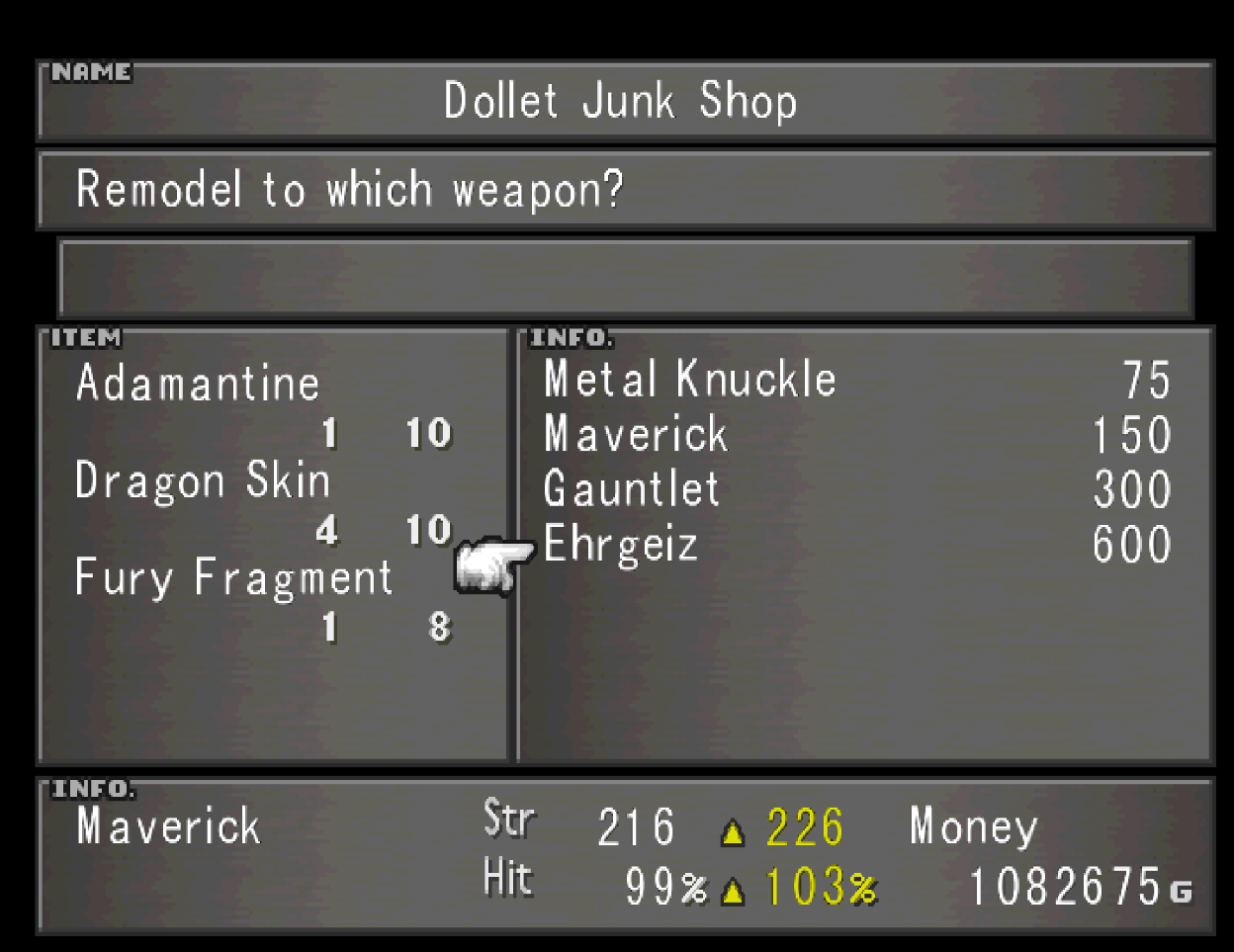
FFVIII features equippable weapons that increase your damage and accuracy, as well as unlocking additional new limit breaks for Squall. Instead of purchasing new weapons directly, the player must find “parts” and then upgrade their weapon at a junk shop
- What went right? This is a fun alternative to directly buying a weapon at a shop, and finding rare items to upgrade your weapons feels fun, like you are building them piece-by-piece.
- What went wrong? Overdesign. Some weapons require incredibly rare items that can only be obtained from certain very rare monsters and only in CERTAIN level ranges. The game doesn’t offer any sort of bestiary or item lookup to guide you towards finding these rarer items. Additionally, the power increase for most weapon upgrades is very minimal, so the precious time spent exploring and finding these items was usually not worth the effort. Without a guide, I 100% would not have been able to get three of this games final weapons simply because the enemy required only spawns in ONE room of the game, during a BRIEF window of the story, and only drops the items needed at level 40+ (my parties average level was 13 at that point of the game, due to avoiding exp at all costs to keep my levels low).

In FFVIII, each of your stats can have magic attached to it, assuming you have progressed your GFs abilities far enough (more on that in “GF Abilities“). Depending on the rarity of the spell and how many you have stocked, the stat will be increased accordingly.
- What went right? On paper, this is cool. If I put 100 Thundaga’s on my Strength, I’ll be stronger than if I put 10 Cures on it. So, the game incentivizes me to engage with the magic drawing system, find monsters that have Thundaga, and farm a full stack for my entire team.
- What went wrong? The power increase from junctioning is far and away the most significant of all the progression systems. By simply drawing 100 of a powerful spell (which can be done in a single combat, as there is no limit on how many times you can draw from a monster), your stats can be increased by a multitude of 400-600%. A strength of 20 can become a strength of 70 by junctioning Tornado, a spell that can be obtained very easily before the first boss by playing Triple Triad and refining the cards you get in the first hour of the game. A strength of 70 would be more than sufficient for defeating the last boss of the game in a low-level playthrough. The only thing stopping you from doing this would be complete ignorance of the games’ progression systems as a whole, IE: playing willfully ignorant and not paying attention.
FFVII used Limit Breaks as a perpendicular progression system, wherein they just unlocked as you used them while leveling up, outside of your final limit break which was tied to a short side-quest. In FFVIII Limit Breaks are an entire system unto themselves. Each character’s limit breaks are improved in different ways, some easier than others. Zell’s requires you to find magazines about fighting. Rinoa’s requires you to find magazines about pets AND walking around (for some reason). Quistis uses blue magic and learns the spells from items instead of having the spells cast on her. Squalls gets his from making new weapons. Irvine literally just uses different ammo, so it’s whichever ammo you can find in the world or item refinement (see below). And Selphie’s never changes, it is a gambling minigame where you keep rolling the “slots” until you get the spells you want.
- What went right? Each character feels more distinct. That’s about it.
- What went wrong? Jesus… like, how obtuse can you get? It’s at this point in writing this blog (and much earlier when playing the game itself) that I started experiencing system fatigue. There are just too many variables, too many unique little nuances to every part of this game. It’s a giant symphony of different beautiful bombastic instruments all playing different songs and it sucks. Why is Rinoa and Zells unlock methods identical, except Rinoa has the additional step requirement? Why don’t Irvine or Selphie have meaningful upgrades? It just feels half baked like they took the first pass at it all and just went with it.

While a GF is junctioned to a character, the GF can learn passive and active abilities through Ability Points (AP) gained during combat. Of note, AP is earned from every successful combat, even if no exp was given (often due to the player destroying the monsters via other means such as transforming them into Triple Triad cards). These abilities run the gamut from enabling your character to do different actions in combat (such as stealing, or casting magic, or defending), junctioning magic to new stats (Ifrit “unlocks” the ability to junction magic to strength for 40 ap), to adding new passive or menu abilities (like the ability to refine an item into magic without having to draw it from a monster. Basically, turning a “Potion” into 10 “Cure” spells).
- What went right? A lot of this feels good. Again, this blending of summons with the materia system from FFVII is largely successful. It feels good to unlock new abilities by fighting enemies and in many ways this feels like the job system from FFV, except with summons instead of jobs.
- What went wrong? This system suffers immensely due to the desire to not gain experience points for your team. So much power is locked behind GF abilities that you will find yourself going out of your way to find monster fights that award the most AP, and then jumping through hoops to win the fight without gaining experience points. So you still end up grinding, but in a weird way that feels counter intuitive and frustrating.

In addition to being able to convey abilities to your party, GFs are also the “Summons” of this game. If you have Ifrit junctioned, you can summon him to do a big attack against your enemies. The power of this attack, and the HP of the summon (there’s a weird sub-system where summoning isn’t immediate, and if you take damage while summoning, the GF loses “hp” and can be “knocked out” if it hits 0) increase as the GF’s level increases. GF Levels increase with standard experience, not AP, so to level up your GFs you need to earn experience from combat while they are junctioned to you
- What went right? Nothing. First, it flies in the face of the design of the game. You DONT want to level, but this system only works if you are actually killing enemies and leveling your main characters. But secondly, it’s just obtuse. The GFs damage is based on its own abilities and level, NOT your magic score, which means you can’t really build a character to be a “summoner” in this game. It’s all just counter intuitive. Also, the weird thing where when casting a GF it has HP and can die and whatnot? Who thought this up? Why? WHAT DOES IT ADD to the game!?
- What went wrong? See above.

As if it wasn’t enough, there’s also a completely separate system of “Affinity” with a GF. Every character has an affinity with every GF you find, on a scale of 1-1000. The more the character summons that GF in combat, the higher the affinity. Also, affinity can be increased with items that are obtained in one of the sub systems of the game below. A character and GF with high affinity will cast faster during combat.
- What went right? In a vacuum this isn’t too bad. I like the idea of Squall “liking” Ifrit more than other GFs and thus getting bonuses for being junctioned with him. However…
- What went wrong? This entire system is simply a side-effect of the “GF Level” system that was half-baked to begin with. They created an obtuse process by which summons are cast, added summon HP and cast time arbitrarily, and then added this additional system on top to enable you to do the obtuse things faster. There’s so much opportunity here! Let me earn more AP for being junctioned with a GF that I have high affinity with! Or limit the abilities I’m allowed to use if my affinity isn’t high enough! Or give me cool cutscenes between my character the GF if my affinity gets high enough! But no, instead there’s a whole screen with bars all over the place for each character and their affinities and it’s just this worthless upgrade to a system the player barely interacts with. It’s like a Band-Aid on a wound that they opened themselves.
Then there are the sub-systems which feed into the above systems.
As a member of SeeD, you are paid a salary based on your SeeD rank, and this is the primary method for obtaining gil in FFVIII. At the start of the game, you go on several missions and your actions influence this rank, and later you can take tests that help reinforce your player knowledge of the games’ many systems (see fucking above) that will raise your rank as well. The salary is paid after so many “steps” in game, and slowly degrades if you aren’t performing actions befitting of your rank (namely fighting monsters and accomplishing missions).
- What went right? The game largely doesn’t give you much gil outside of your salary. Monsters don’t carry gil so your income is purely from selling items and your salary, incentivizing you to pay attention to how you act on missions and take your tests. It’s worldbuilding informed through gameplay and I LIKE it.
- What went wrong? Gil is almost entirely useless in this game. The salary is paid out way too frequently and for far too much when you consider the game has almost zero gil sinks. There’s no equipment to buy, and upgrading your weapons costs 1000 gil max for the final upgrade. Additionally, the games’ many progression systems feed the player with the items they need. Outside of purchasing standard necessities like Phoenix Downs and Tents early game, gil is meaningless. I ended the game with over 1 million gil, and I never sold a single item to get there, it was simply from my salary paying out.

A subsystem of the GF Abilities system, some GF’s will teach you how to transform items into other things. An example I used above, was transforming a “Potion” into 10 “Cure” spells to add to one of your characters. There are DOZENS of these item refinement abilities, allowing you to transform items into spells, items into better items, spells into better spells, and finally, cards into items (mentioned below)
- What went right? This is actually pretty cool. Being able to take items and turn them into spells (and then attach those spells to your stats to power them up) is a very uniquely designed way of customizing your character. An item that would otherwise be useless in other FF games now has alternative uses based on what it can be transformed into.
- What went wrong? There are too many variables here, and too many of the other systems RELY on this system. First, it’s abusable if you know what you are doing. For example, turning 10 “Fire” spells into 1 “Fira” spell can be done in the first 30 minutes of the game. This just leads to you farming “Fire” spells on end and slowly turning them into “Fira” because of how powerful “Fira” is that early. Then, you junction “Fira” to your strength and you are two-shotting bosses. Also, late game, every single fucking rare monster that only appears in a single limited-time dungeon or another has some obtuse rare drop-rate item that also only drops in a certain level range that can then be refined into an item that you need for one of your weapon upgrades. Obtaining the right items you need and refining them to the correct end-game item you need is an affair in excel spreadsheet making. This system is abusable at best and frustratingly obtuse and overly complex at worst.

Technically a subsystem of the Item Refinement subsystem (subsystemception), this is significant enough to get its own breakdown. FFVIII features Triple Triad, a collectible card game mini-game in which you can challenge most any NPC in the game to play cards with you, and the winner gets to keep one or more of the losers cards permanently. Additionally, every single random encounter monster in the game can also be transformed into their card via an ability you get from the Quetzalcoatl GF. These cards can then be refined into items to be used in the games Item Refinement system.
- What went right? Triple Triad is FUCKING AWESOME. Sincerely. This playthrough took me 50 hours, and easily 10 of those hours was just playing Triple Triad. I love it here, and I am also hooked on it in FFXIV where they ported it over with a bunch of QOL fixes. Additionally, you are rewarded for playing the game by getting additional cards, which when refined can help you fill the gaps in your items you need for those elusive difficult refinements.
- What went wrong? Triple Triad is FUCKING PUNISHING if you don’t do things exactly perfectly. The AI always plays the correct play, so either you bring your absolute best cards (something that’s risky, as you permanently lose them if you don’t win the match) OR you manipulate RNG to ensure that all the shittiest rules are never in play. Furthermore, what starts as a fun alternate way to get rare items turns into a grind to farm the cards against the shittiest rules, save scumming and reloading over and over again whenever you lose just so you can then turn that card into an item, to then upgrade that item into another item, to then refine into a spell, to junction to a stat to increase your power level. It’s just… too. much.
Summation
If you actually clicked through all those tabs and read everything, I’m sure my feelings came across. There are SO many ideas here, and so many of them are interesting and unique! But where a better game would pick just a few of these and really hone in on them, FFVIII instead overloads the mental capacity of the player at every turn with menus within menus, systems within systems, and it all just comes out to be a frustrating mess.
The Story
Okay, so you got this far, and you’re thinking “I get it, the gameplay was ambitious but messy! But you said this game set the standard for cinematic storytelling… so the story had to be great, right?”
Yeah, the story is alright. However, it suffers the exact same issues the gameplay does. If you take all of the above points about how there’s lack of consistent vision in the gameplay systems, you can apply that to the story. The game starts with one premise, then introduces several themes, and then seemingly changes thematic genre multiple times before bringing everything home. Not a single part of these disparate themes is necessarily misrepresented, however the game just feels like a messy jumbled love letter to too many different things, as if it was afraid to just pick one of them and tell us just THAT story.
Allow me to break it down.
Act 1 – We Are Cute Schoolkids Planning Our Prom and Oh Yeah Gotta Kill Everyone
The game opens with Squall, a young member of SeeD who is preparing for his final exams to graduate. This is played out very much like a slice-of-life school anime, a sort of sci-fi “Harry Potter” setup where we spend time walking around school in our school uniform, talking to other students, discussing plans for the big school dance, etc. Squall is REALLY depressed, and we often get to see his thoughts as he internalizes what’s going on around him, but only ever tells people “Whatever.”
“Okay” I hear you saying, so it’s heavy on the school themes. But what ARE SeeDs? Well, they are mercenaries who work for a Garden (get it? SeeDs? Garden?) and they take on missions for the highest bidder.
“Oh… okay, so these… students… are training to be… mercenaries? “.. yep! But okay, we can swallow that, it’s a Final Fantasy game, we knew going in we’re going to be fighting stuff. And I love media that explores grey-area characters.
So, the story continues, we pass our exam (which involves us storming a beach ala the Battle of Normandy by the way, full on “Marines” action) and are promoted to a full-time SeeD. We have a real sweet gala episode where we dance with a mystery girl (remember her for later), then it’s back to business. Our first mission? To go to a nearby nation, Timber, and assist a local resistance group in liberating it from an evil fascist empire.
So, we leave our school, and all our school friends sans the ones that are coming with us, and we head to Timber. Here, we meet Rinoa (that’s the girl we danced with, see I told you to remember her) and she is the leader of the resistance. She has a crazy train heist plan to kidnap the president of the evil empire. The heist goes off without a hitch, with us playing the role of super spies, performing acts of espionage all while jumping between train cars and putting in super-secret codes under the radar of the presidents’ guards.
Okay, so we’re about 5 hours in, and this is a story about a slice-of-life school that trains students to be “for the highest bidder” mercenaries, who storm beaches and provide muscle on some missions but are also expected to be super spies in others, and now we’re liberating a country from an evil empire. I mean it’s a lot, but it’s not too bad, right?
Then, it turns out that an evil sorceress has been manipulating the evil president, and she straight up kills him on public tv, taking over the empire for herself. Our new mission? Kill the evil sorceress. We spend roughly an hour exhaustively planning a really crazy mission to assassinate the sorceress (now we are professional assassins) by sniping her in the middle of a parade (and terrorists). The plan of course goes haywire, and we end up caught and in jail.
Oh yeah, every couple hours, we keep falling asleep and having dreams about being a guy named Laguna who used to be in the army for that evil empire. But like, 20 years ago.
Act 2 – Cuban Missile Crisis and Oh Yeah, We Were All at the Same Orphanage
Upon waking, it turns out we’re stuck in a super high security prision and we gotta escape. As we bust out, we find out that the Sorceress didn’t take kindly to us trying to shoot her with bullets so now she’s going to fire missiles at all of the Gardens of the world. She successfully blows up Trabia (which was the home garden of Selphie, the leader of the Prom Committee and plucky optimist team member) and they are going for ours next! The party splits up, half goes to the Missile Base, and the other half rush to the Garden to warn everyone.
Party A destroys the Missile Base but are too late to stop the launch. Party B gets to the Garden in time and assist in helping avoid the Missiles by making the Garden fly. Yeah, apparently the Gardens are like, spaceship bumper cars and we got the keys. The Garden meanders a bit (we don’t know how to drive the ship yet) and we end up at a place called Fishermans Horizon, which is full of people who used to live in Esthar, a super advanced nation that went radio silent 20 years ago. They help us fix up the Garden and the headmaster of the school suddenly says, “now you lead us, Squall”.
This makes zero fucking sense at this point in the story, because:
- Squall has literally gone on two missions. The first mission (to liberate Timber) is still technically in progress because Timber is still under the rule of the evil empire. But let’s never talk about that ever again (literally at the end of the game Timber is still under their rule)
- Squall’s second mission, to assassinate the sorceress, was a failure that almost got him and his team killed.
- Sure he showed up to help the Garden avoid the missiles, but that was more luck than anything else (in fact, the headmaster was about to do it before Squal asked)
- Squall is still REALLY depressed. Like, his friends are pleading with him “please talk to us” but he’s still like “Whatever.”
- It’s been like, five days since he graduated.
Anyways. We use our spaceship bumper car to check on Trabia for Selphie, and it’s here that the party has a pow-wow and we all remember that we used to all be in the same orphanage as kids, but we just don’t remember it because the GFs that we use to give us the ability to be super spy assassin marine mercenaries for the highest bidder erase our memories. But yeah, so we knew each other. OH YEAH AND THE HEADMASTER AND THE SORCERESS WERE THE ONES RUNNING THE ORPHANAGE. We better not immediately go ask him a bunch of questions about this. (We basically don’t, the Headmaster just kind of stays coy the entire game, it’s not until later that we get any resolution about this and it’s from the sorceress, not the headmaster). DUMBLEDORE BE DUMBLEDORE I GUESS.
Just an aside, as a kid I HATED this orphanage plot twist, but on this playthrough I actually liked it and thought it landed pretty well, I guess the story just hit different as I’ve aged.
We get back on our Garden and decide it’s time to fuck up the Sorceress (even though she was like our mom when we were little) and we have a few more dreams about being that Laguna guy. Then we find another Garden that was in the evil country and it has also become a spaceship bumper car so we go into battle with them which is one of the games awesome action sequences with a ton of FMVs and minigames and boss fights all back-to-back.
We defeat the Sorceress and black out.
Act 3 – Space Time and Moon Monsters and Three More Sorceresses And LOVE
We wake up and find out that Mom Sorceress was actually being controlled by a Sorceress from the future. And those dreams we’ve been having, those are of our dad, in the past. And it’s all because our sister has a special power to allow us to see the past. And the Sorceress in the future wants to get ahold of our sister to send herself further into the past so she can compress time to a single moment and rule over everyone for eternity.
So we go to Esthar, the future city, and dad and his scientists shoot us into space where our sister is. There, in space, Rinoa (the love interest of Squall and an actually very delightful character) also seems to be a Sorceress and the evil future Sorceress is controlling her. Rinoa frees ANOTHER sorceress who was in space and then is abandoned by the future Sorceress. Squall finally STOPS BEING DEPRESSED and decides to do a space walk out to rescue Rinoa (it’s actually a beautiful fucking scene and seeing Squall overcome his fear of losing those he loves is very poignant). They find a spaceship called the Ragnarok and ride it on home.
Once we get back, we decide that the only way to kill the evil future sorceress is to help her compress time but then if we love each other enough we’ll survive the time compression and then we can kill her in her time. Okay, typing it out didn’t make it make any more sense than it did in the game, but that’s the jist. So we go kill the other sorceress (the one that was in space that was freed by Rinoa being controlled by the Evil Future Sorceress) which causes future sorceress to take over Rinoa again and…
Remember when this was a slice of life school game with military theming?
Anyways, we use sisters time travel dream powers to send Rinoa (and evil future sorceress) back in time and that allows evil future sorceress to compress time and then time compresses and that turns our orphanage into a FUTURE CASTLE. WIth the power of love, our party is somehow not affected by the time compression, so we go into the FUTURE CASTLE where we fight a bunch of bosses then we kill the future evil Sorceress.
The game then ends with a beautiful roughly 20-minute long FMV of how the party found one another in the time compression and that let us get back home.
It was about time.
Extras & Achievements
Extra content for FFVIII is huge, particularly in comparison with FFVII. Here are a few highlights:
- Triple Triad. I know I talked about this under “gameplay” but I can’t stress enough how much I love this card game. Also, it makes me dread playing FFIX’s Tetra Master which is just an inferior game in pretty much every way. But yeah, there is SO much content to this mini-game. Hundreds of cards, with dozens of rare cards that can only be gotten from specific events/opponents. VERY satisfying if you get into it. Also, there are two side-quests revolving entirely around this game, one of which gives a little context to Quistis’s backstory, something this game does an absolute shit job of otherwise.
- Drawable GFs. Almost every single notable boss encounter has a new GF that you can add to your collection if you “draw” it from the boss. This is something that the game doesn’t do a good job of explaining, however you shouldn’t really miss them if you are paying attention (bosses always have AWESOME spells so you are always incentivized to draw from them).
- Hidden GFs. There’s a slew of hidden GFs that you get from some side quests. Master Tonberry (GOD I LOVE TONBERRYS) is a delight, and the whole underwater research base where you get Bahamut and Eden is interesting as fuck and really thematically satisfying. Good dungeon design, good puzzle design, challenging fights, and great rewards.
As far as achievements, most were pretty tame. I do want to call out the two most obtuse ones though: The Secret of Obel Lake and the Pupu sidequests. Both of these quests are WEIRD and not intuitive at all. Back when this game came out, Square was partnering with Brady Games to publish the guides for their games (they even thank them explicitly in the credits) and these two quests feel like they were an excuse just to force people towards buying the strategy guides because they make NO sense otherwise. Nothing in the game points you towards how to find or complete these quests naturally, and while I could see possibly stumbling upon a part of them, completing them (an act that requires traveling to specific locations in the middle of nowhere to perform specific actions seemingly randomly) is just a little much for me. Again, I was following a completionist guide for this to ensure I didn’t miss anything, both quests took about 30 minutes total to complete, but the entire time I was just left wondering why these even existed in the first place.

Final Fantasy Staples Introduced
(Please note that this is not supposed to be an exhaustive list, just those things that I personally noticed and took note of during my playthrough)
- First use of music with lyrics (both in Japanese and English)
- First time combat numbers could exceed 9999 (hard damage cap of 60,000)
- Of note, 9999 is the cap for most every spell and ability with two notable exceptions:
- Eden GF Summon
- Quistis Limit Break “Shockwave Pulsar”
- Of note, 9999 is the cap for most every spell and ability with two notable exceptions:
Final Thoughts & Score
Alright, so what a ride this has been. In many ways, this playthrough was more positive than the last one I did as a kid. I actively disliked this game as a young adult and was one of the people in the camp feeling like the series had lost its way (something that has been tempered over the years).
So, did I enjoy it? Yes, quite a bit. This game has a complex story with gorgeous cutscenes, a cinematic angle that makes it gripping to watch, incredible minigames that keep you wanting more, and some really, really great music from Nobuo Uematsu.
However, it’s also an example of just trying to do too fucking much at the same time as not doing enough of what is working. Final Fantasy VIII feels like it was made by a committee who couldn’t agree on how it should play or what kind of story it should tell, and instead of having a vote and choosing one, they instead tried to fit a little bit of what everyone in the committee wanted. Someone wanted a slice of life school anime, someone wanted a gritty war epic, someone wanted a James Bond adventure, someone wanted a mind-game thriller, someone wanted a space opera, and the last person wanted a love story between a cheery girl and a depressed guy.
All of it lands, all of it doesn’t. It doesn’t take a shit on anything, and it’s clear that the team at Square at this time was FULL of passionate, talented designers and programmers. But the lack of vision, either due to the weight of expectations (“give them more and more!”) or the lack of conviction (“I can’t say why not?”) poisons so much of what could have been truly great about this game. We are instead left with an experience that feels mediocre despite being made of the piecemeal bits of so many things that could have been great.












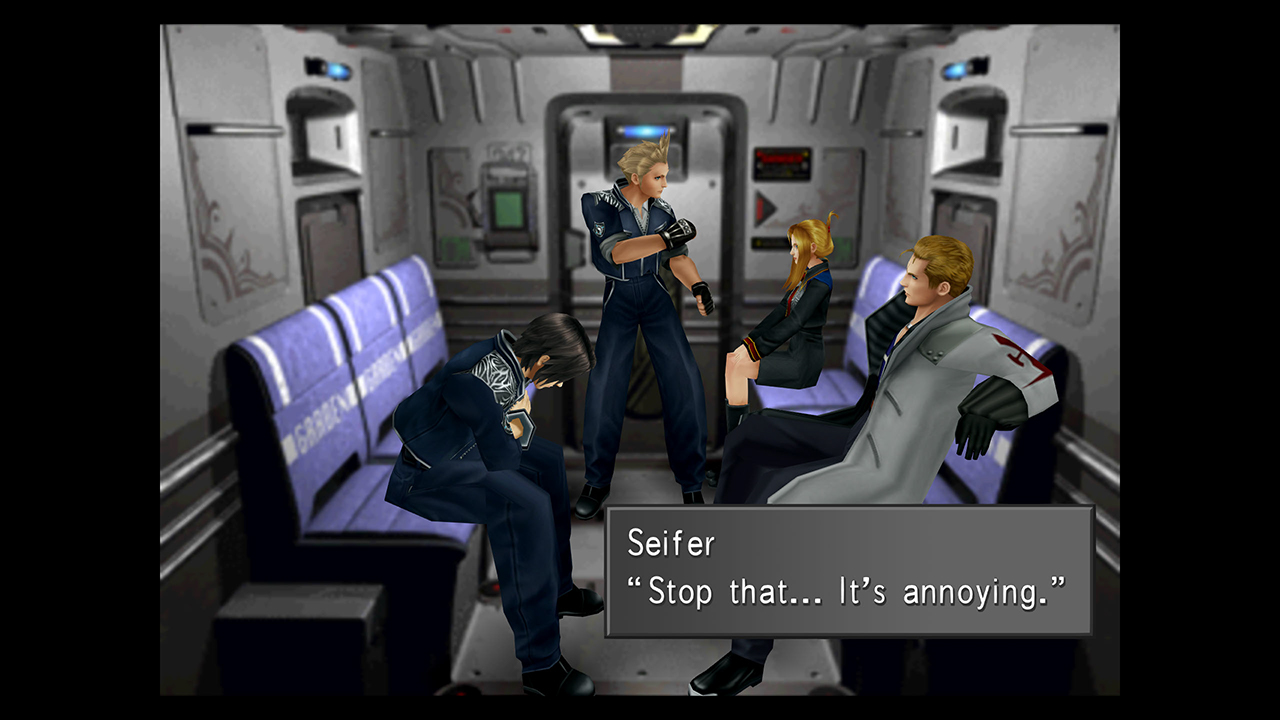


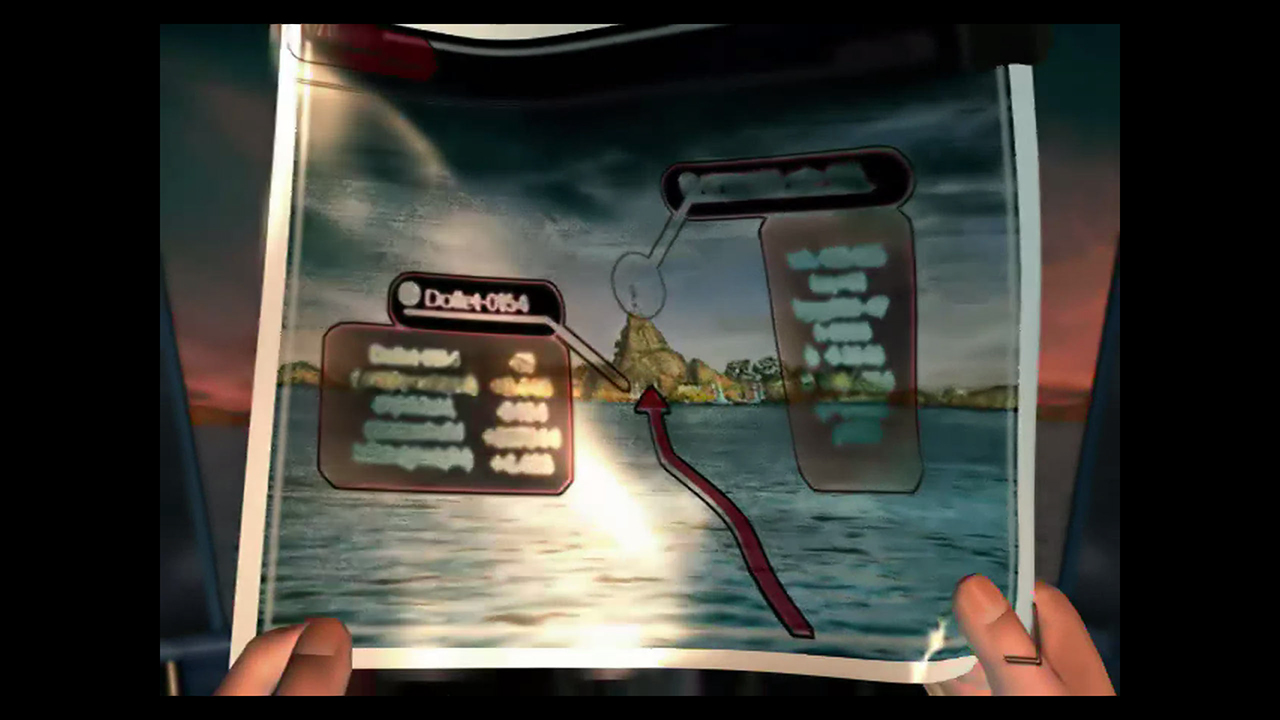
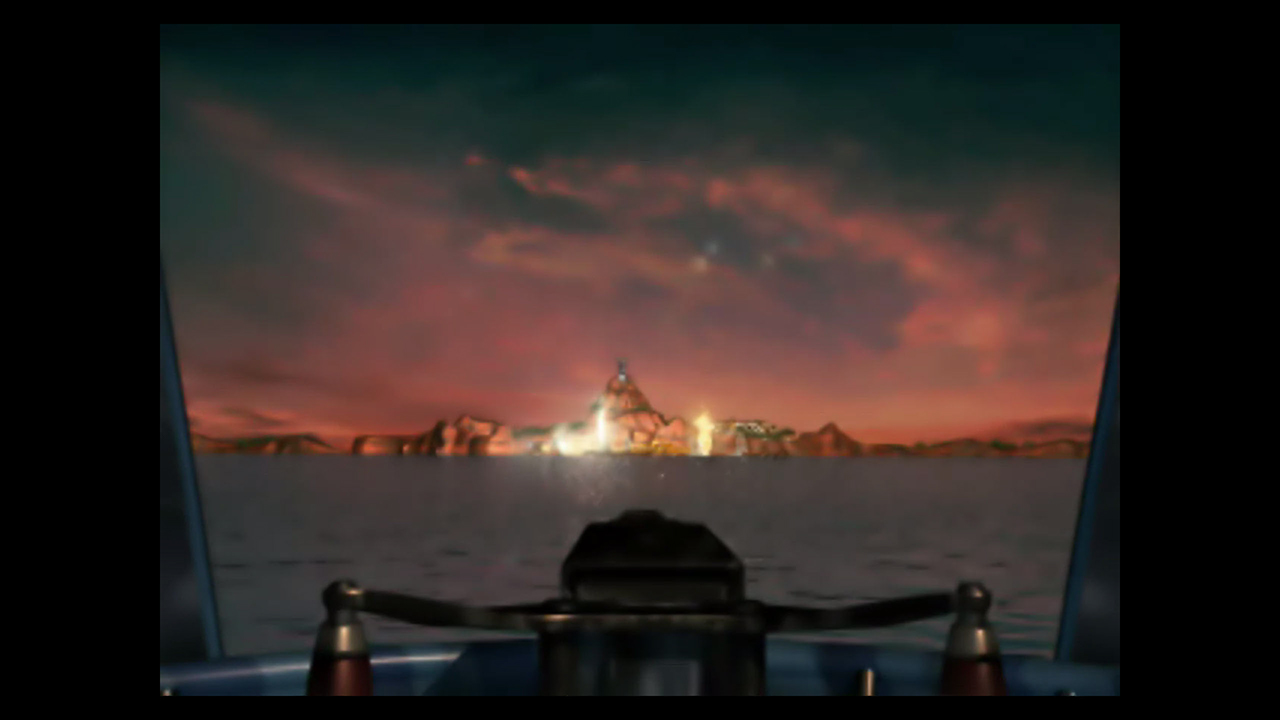




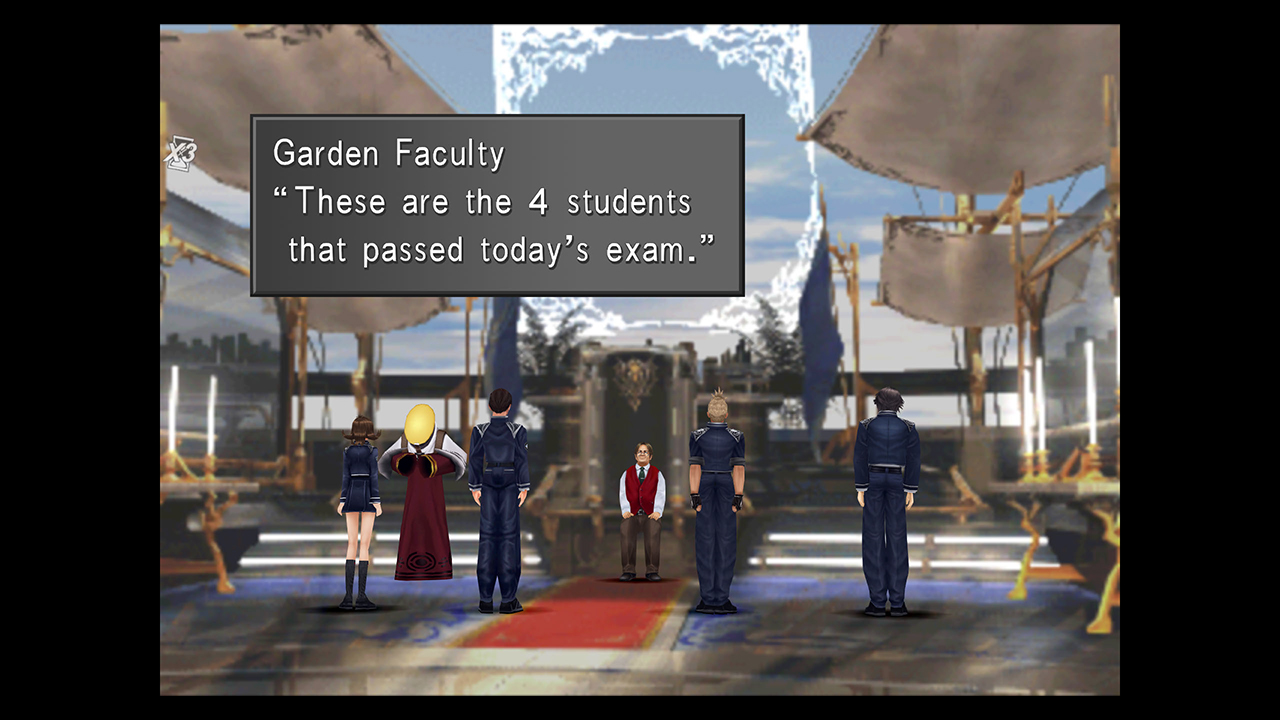











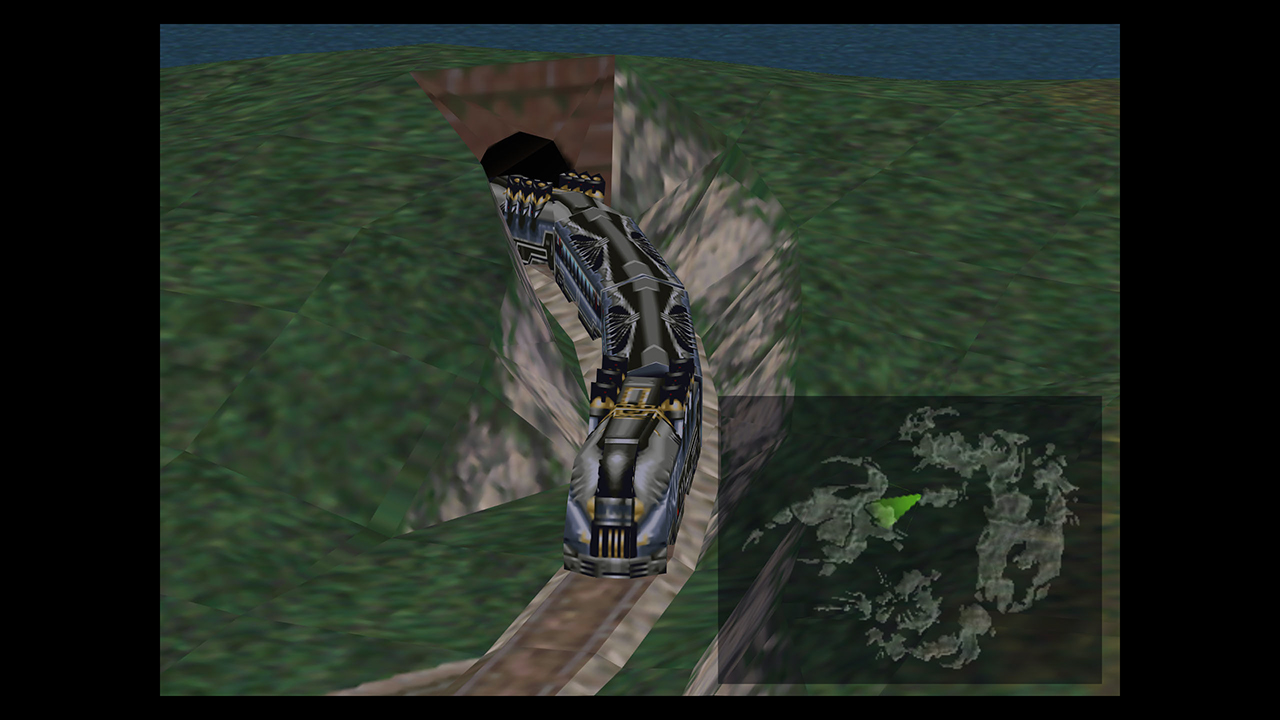





































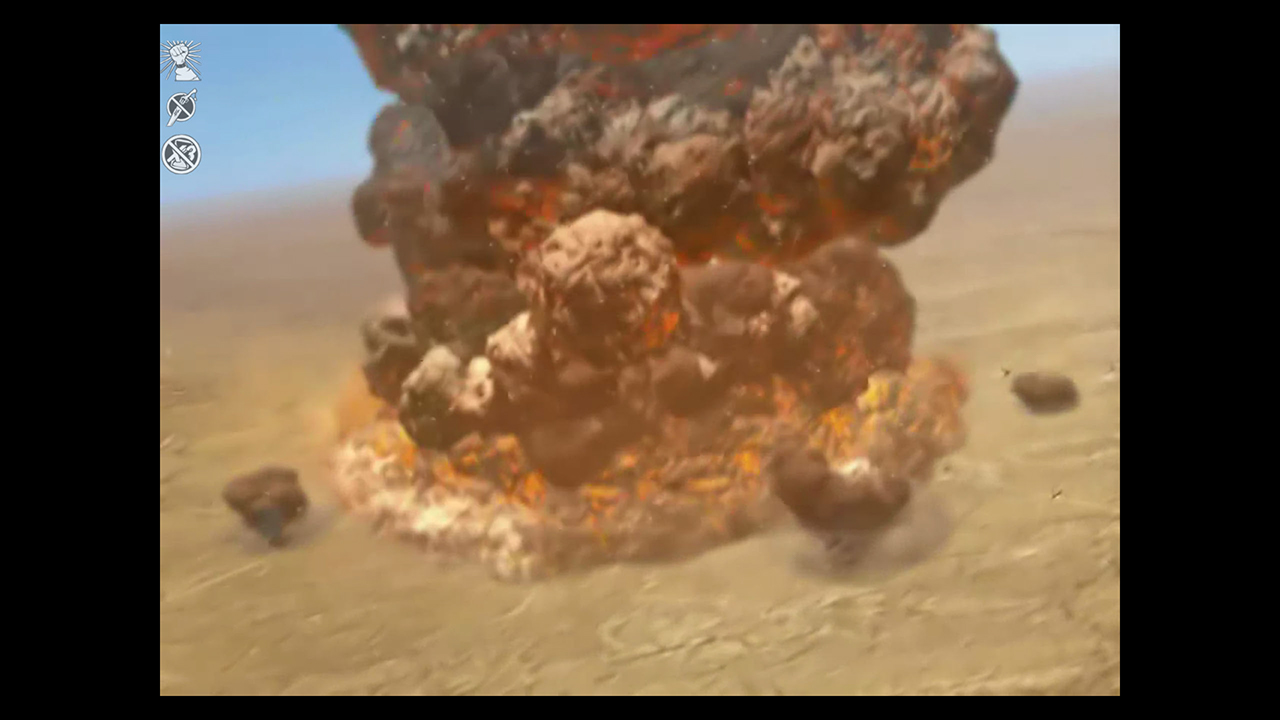







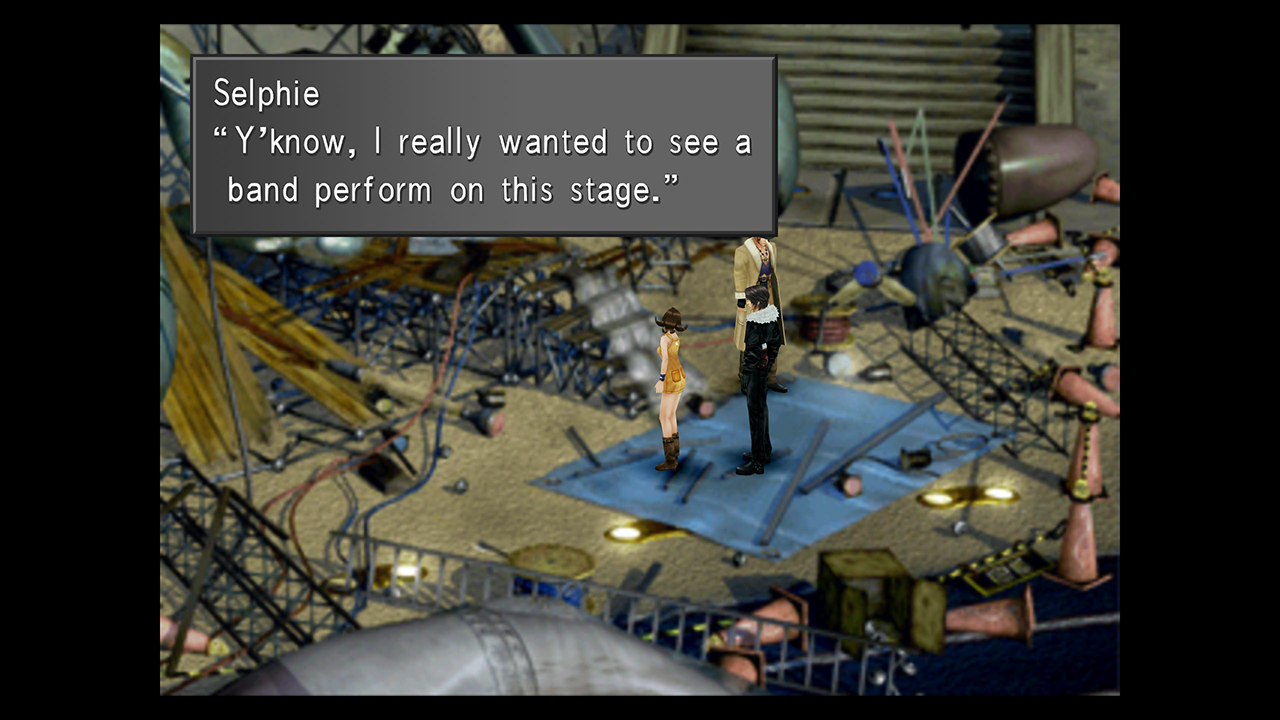





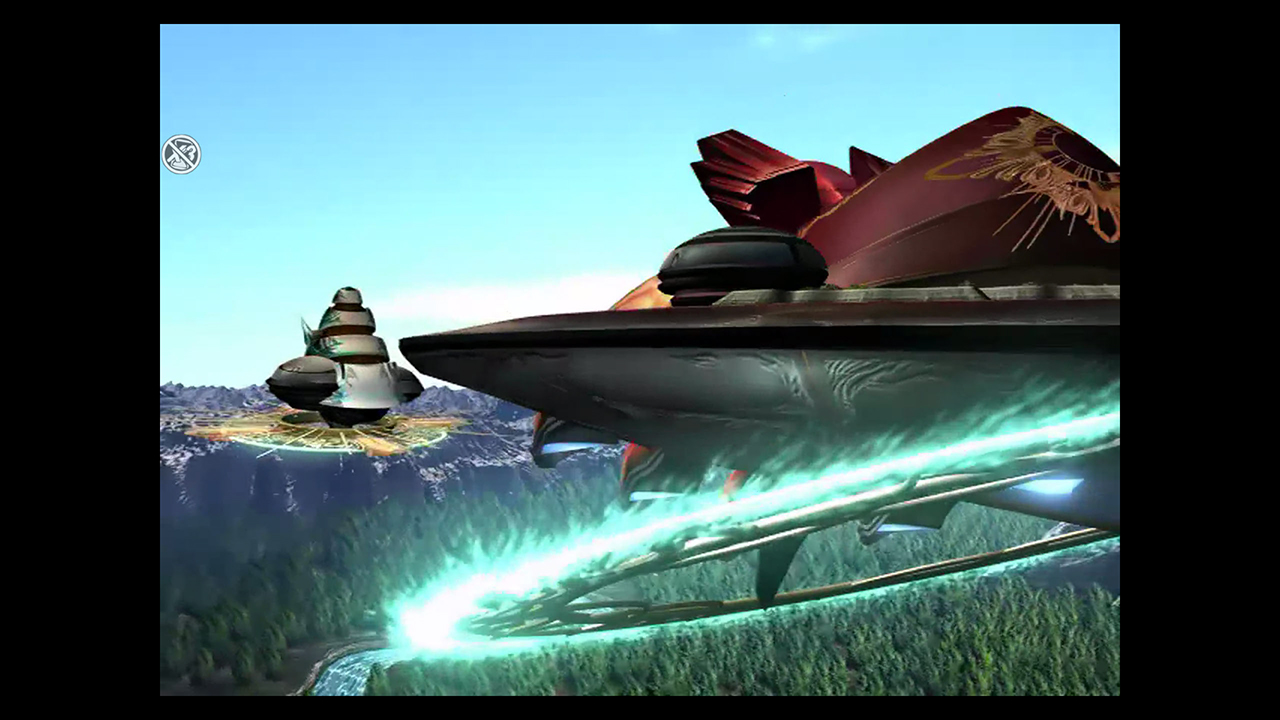





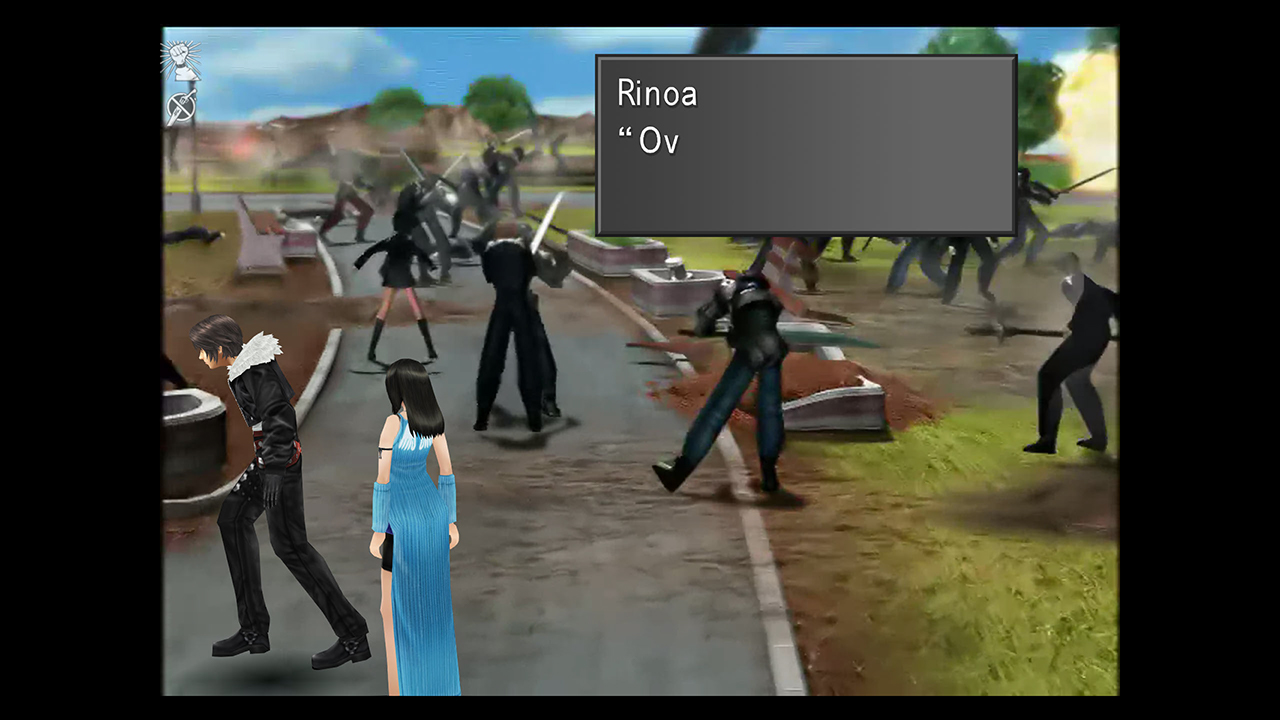
















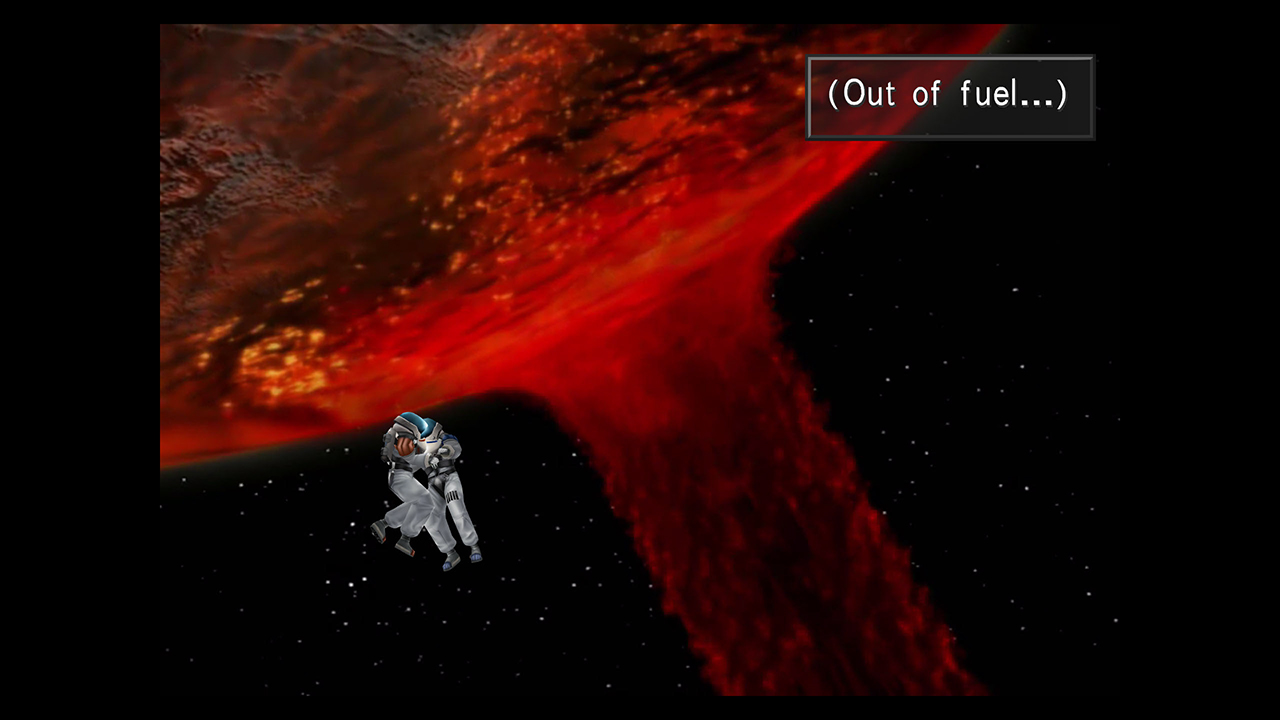






































Leave a Reply